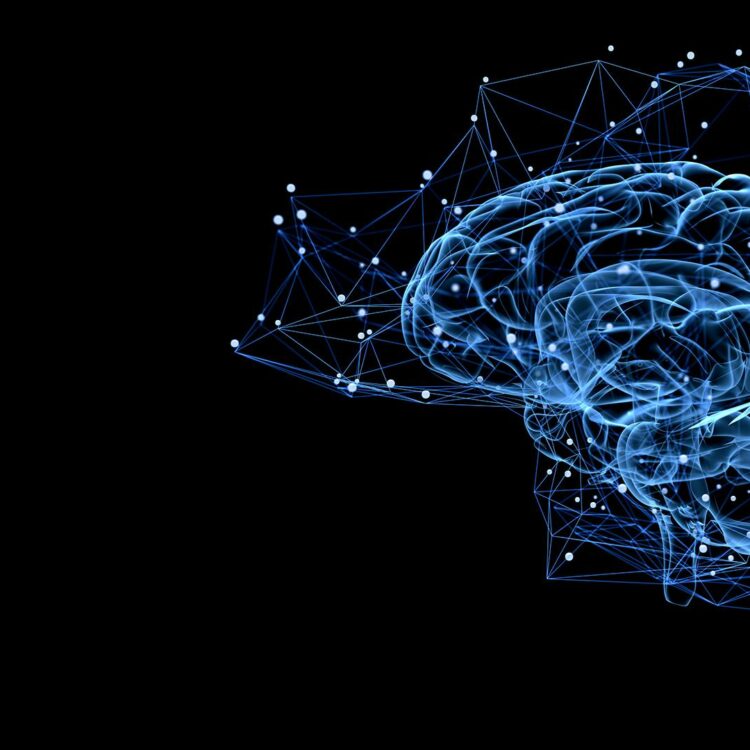NeurOne Digital Out – Three Essential Features for Real-time Analysis

NeurOne Digital Out – Three Essential Features for Real-time Analysis
Author: Simo-Pekka Simonaho, Product Manager, Medical Technologies, Bittium
Real-time analysis of EEG signals is a topic I have encountered very often when communicating with our customers and EEG researchers all over the world during the last years. In this blog, I list three essential features for a real-time system, and all of them are available in our NeurOne EEG system. These features are the basis of a real-time system and give you a reliable data provider environment.
Deterministic System
What is a deterministic system? Wikipedia gives a short and nice definition “a deterministic system is a system in which no randomness is involved´[1]. Well, okay, but what does this really mean? It means that when you run a process its execution time is always the same. Moreover, this means that the latency of the system has a constant value without randomness. How is this possible? In NeurOne, an additional Digital Out hardware module acts as an extra pipe integrated in the data collection pipeline and its job is to stream data out. Since this module is hardware based, it has a constant latency, and thus it´s a deterministic system. This is an essential feature for any real-time system because you know the time when you get the new data packet and can build and optimize your real-time analysis system on this consistent and predictable timing.
UDP Data Packet Structure
UDP, acronym of User Datagram Protocol, is an internet protocol for transferring data between computers. Digital out uses UDP packet format which is a typical format when performance and speed are important in the data transfer. UDP is similar as the TCP packet but its structure is simpler and lighter than TCP making it an essential feature for real-time data streaming. Data is sent out as packets that have the sample data and all the needed information such as the sampling rate, time stamps, the number of channels, and the number of samples, to name a few. On the receiver end, this UDP data packet needs to be received and parsed in the numbers to process the data. Since UDP is widely used its handling and processing are supported by any programming languages and few example codes are available from us.
Data Is Always Saved
Data being always saved might seem to be a trivial issue but it´s not that simple. It´s quite common that if you want to access the EEG data in real-time you control the data acquisition with command line commands instead of the data acquisition software. This means that if you want to save the streamed data, you must take care of that also. In NeurOne, the data acquisition software runs normally while the data is streamed out. In addition, the digital out module configuration is integrated in the data acquisition software and is easily configured with a simple GUI. Moreover, this streaming has no effect on the primary data collection and processing, and data is displayed and saved normally. So, while the measured EEG is streamed to an external system all data is saved and can be later analyzed. This is very important and needed feature especially when developing and testing a real-time analysis system. The software saves the same data that is sent to the external analysis system and all the real-time calculations could also be performed offline with the same data as online if needed.
I listed three essential features for real-time analysis software but the most important is your idea. Once you have a clear vision of your idea everything else is more or less straightforward work with an EEG system suitable for real-time analysis such as our NeurOne. And one important thing to remember is that we are more than happy to help you during your journey in revealing the secret of brains.
References/Further reading
[1] https://en.wikipedia.org/wiki/Deterministic_system
Closed-Loop Neuroscience and Non-Invasive Brain Stimulation: A Tale of Two Loops, C. Zrenner, P. Belardinelli, F. Müller-Dahlhaus and U. Ziemann, Front. Cell. Neurosci., 10 07 April 2016. https://doi.org/10.3389/fncel.2016.00092
Brain State-Dependent Brain Stimulation, T. O. Bergmann, Front. Psychol., 9 01 November 2018. https://doi.org/10.3389/fpsyg.2018.02108
Brain State-dependent Brain Stimulation with Real-time Electroencephalography-Triggered Transcranial Magnetic Stimulation, Stefanou, M. I., Baur, D., Belardinelli, P., Bergmann, T. O., Blum, C., Gordon, P. C., Nieminen, J. O., Zrenner, B., Ziemann, U., Zrenner, C., J. Vis. Exp. 150 2019.
https://www.jove.com/video/59711/brain-state-dependent-brain-stimulation-with-real-time
Simo-Pekka Simonaho, Product Manager, Medical Technologies, Bittium
Simo-Pekka Simonaho has over 5 years experience in neuroscience and neurophysiology. His background is in physics and he is passionate about measurement equipment and data analysis. He joined Bittium in 2016 along with Bittium’s business acquisition of medical device manufacturing company; Mega Electronics Ltd. Currently he works as a Product Manager in neuroscience and neurophysiology at Bittium Biosignals.
